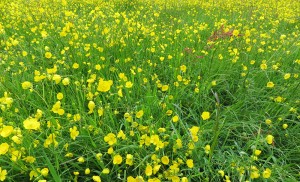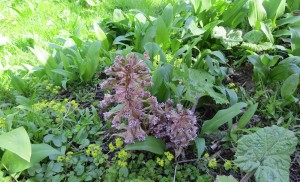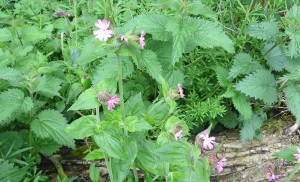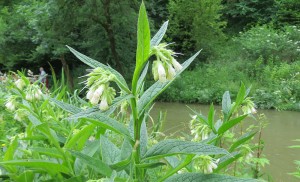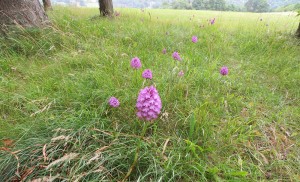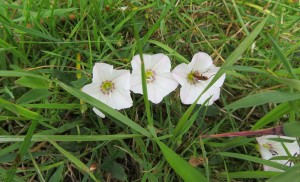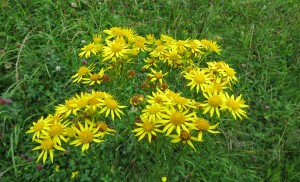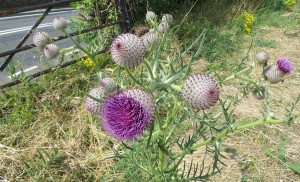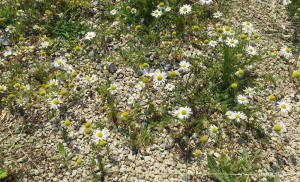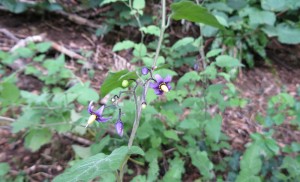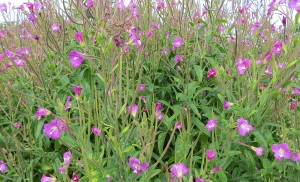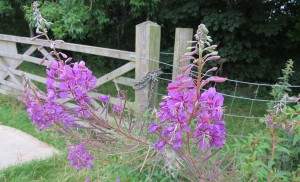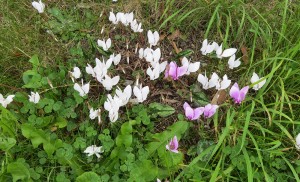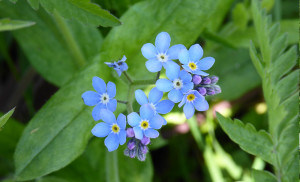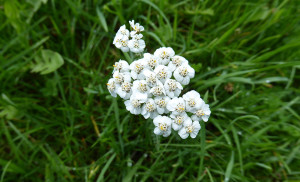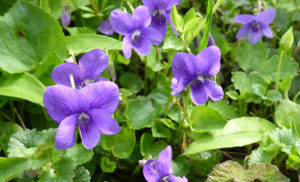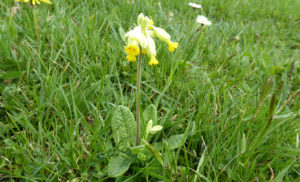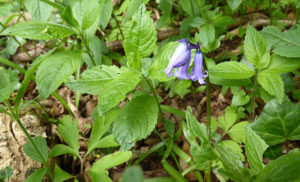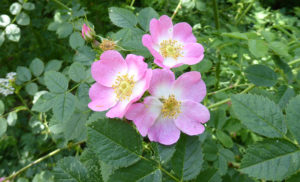our local wildflowers
- Growing in abundance in the fields around Chipping Sodbury – end of May 2015
- Buttercups are poisonous to cows which is why they are left uneaten
- The Latin name for Buttercups ‘Ranunculus’ means ‘little frog’
- Spotted in the woods near Kingscote Mid April.
- Also known as Sweet Coltsfoot, butter dock, dog rhubarb and exwort
- Butterbur has been used historically to treat many ailments however it contains toxins and is not recommended to be taken internally
- Growing abundantly around hedgerows and in woods near Chipping Sodbury end of May
- Some unusual traditional names for Red Campion are Batchelors’ buttons, Johnny Woods, Ragged Jack and Scalded Apples.
- Female red campion flowers produce a froth that helps catch pollen from visiting insects.
- Borage seeds are used to make starflower oil which is the highest known plant-based source of GLA
- Borage can be dried and used as a herb, the flowers are sweet and edible and can be used to decorate desserts
- Growing alongside the purple version on the riverbank
- White borage is cultivated and less dominant than the blue version
- Flowering in abundance in the meadows in June
- The Mesquakie Indians used to brew the roots as a tea for alleviating toothache
- Flowering in abundance by the roadside near Avoncliff in July
- The pyramidal orchid was chosen as the County Flower of the Isle of Wight in 2008
- Spotted growing in the meadows around Castle Combe in August
- Meadow Vetchling is a member of the wild pea family and is classed as a legume
- Spotted growing in the meadows around Castle Combe in August
- The insect in the flower on the right is the gloriously named ‘hogweed bonking beetle’
- Although pretty, bindweeds can be very invasive due to their deep roots, fast growth and long lasting seeds
- Spotted growing in the meadows around Castle Combe in August
- Ragwort has many common names, two of the best are mare’s fart and stinking willy!
- In the UK ragwort provides a home and food source to at least 77 insect species
- Growing along the brook in Midford in August
- The green seed pods, seeds, young leaves and shoots of Himalayan Balsam are all edible. The flowers can be made into jam
- It is the largest annual plant in Britain, growing up to 2.5m high from seed in a single season.
- Growing in a gravel driveway in Midford in August
- The woolly thistle can grow to 1.5m tall
- Growing in a gravel driveway in Midford in August
- The word chamomile comes from the Greek and means ‘earth-apple’
- Chamomile is used for many medicinal purposes including the well know chamomile tea
- Growing in the woods near Kingscote in August
- A relative of the infamous ‘deadly nightshade’ the woody nightshade is less potent but the berries can still be fatal if ingested.
- Growing in the fields around Kingscote in August
- Also known as hairy willowherb due to it’s hairy leaves and stems
- Growing in the rugby pitch on the Bath Skyline walk in August
- A good example of a ‘pioneer species’ it was synonymous with the revival of London after the Second World War, growing on barren bomb sites.
- Also known as ‘bomb-weed’ or ‘fire-weed’ as it thrives on damaged wasteland
- Growing in the fields on the Bath Skyline walk in August
- Used in medieval times to treat scabies which is where it’s name comes from
- Popular food source for many butterflies and other insects
-
Growing pretty much everywhere throughout the summer[unordered_list style=”green-dot”]
- Bellis is Latin for “pretty” and perennis is Latin for “everlasting”.
- Daisies can be found everywhere on earth apart from Antarctica
-
Flowering along the roadsides around Rode in September[unordered_list style=”green-dot”]
- Cyclamen are sometimes known as ‘sowbread’ as pigs love to eat the tubers.
- Cyclamen are native to the Mediterranean as far south as North Africa
-
Flowering in abundance around Monkton Farleigh in March[unordered_list style=”green-dot”]
- Picking wild primroses is illegal in the UK
- 19th April is ‘Primrose Day’
-
Flowering in the woods along Nunney Brook in March[unordered_list style=”green-dot”]
- Also known as scorpion grass
- The Greek word Myosotis means ‘mouse ear’
-
Flowering on the high meadows around Ebbor Gorge in July[unordered_list style=”green-dot”]
- Also known as Old Man’s Pepper or Devil’s Nettle
- Yarrow oil can be used as a mosquito repellant
Violet
-
Flowering in the woods around Ebbor Gorge in April[unordered_list style=”green-dot”]
Cowslip
-
Flowering on the meadows around Ebbor Gorge in April[unordered_list style=”green-dot”]
- Cowslips may be so named because they often grow around cowpats
Blubell
-
Flowering in the woods around Ebbor Gorge in April[unordered_list style=”green-dot”]
Knapweed
-
Flowering in the meadows around Bath in June[unordered_list style=”green-dot”]
- Also known as ‘Hardheads’
Wild Rose
-
Flowering on Primrose Hill in June[unordered_list style=”green-dot”]
- The hairs inside the rose hips are an irritant and are used to make itching powder
- Dog rose flowers are popular with insects for the nectar
Red Dead Nettle


